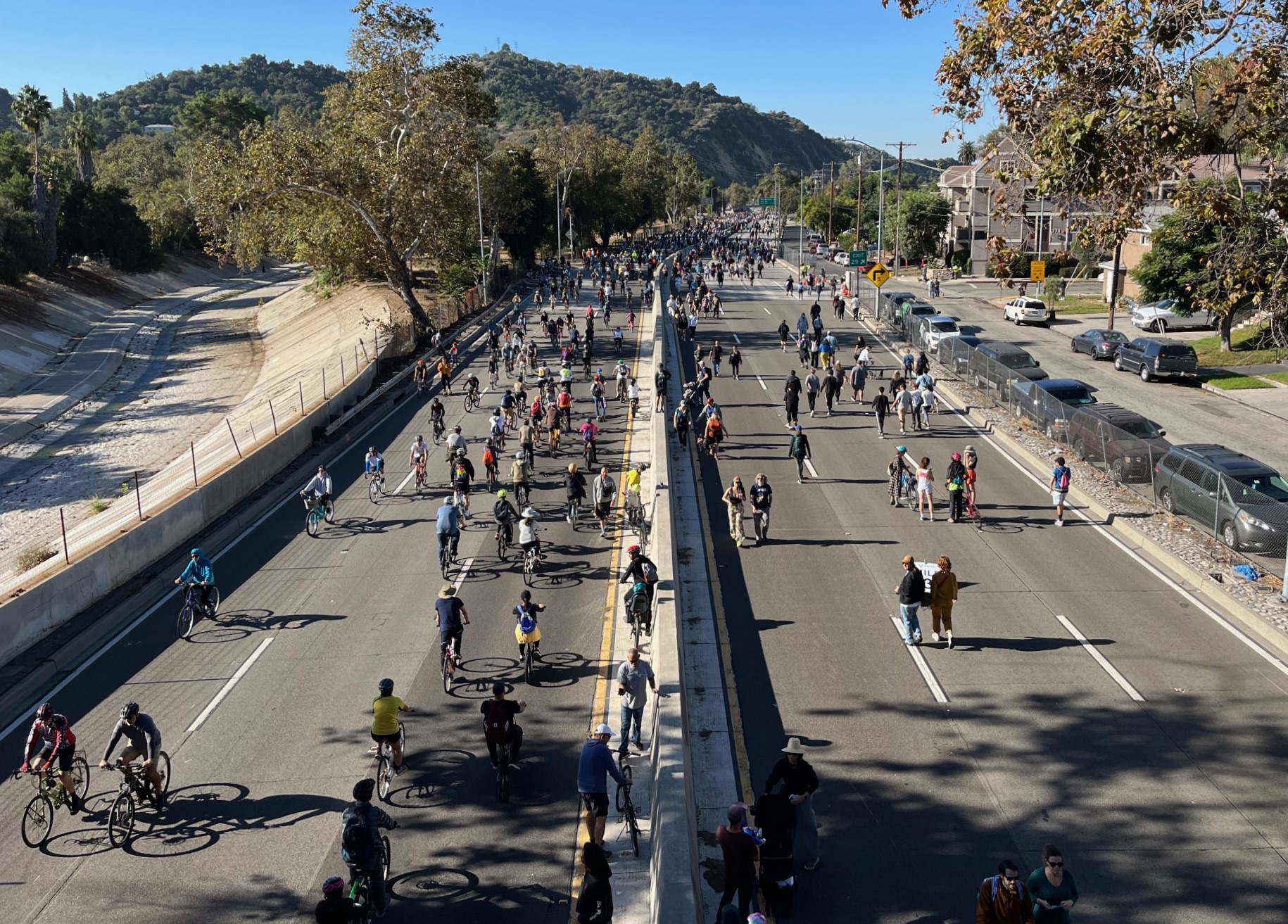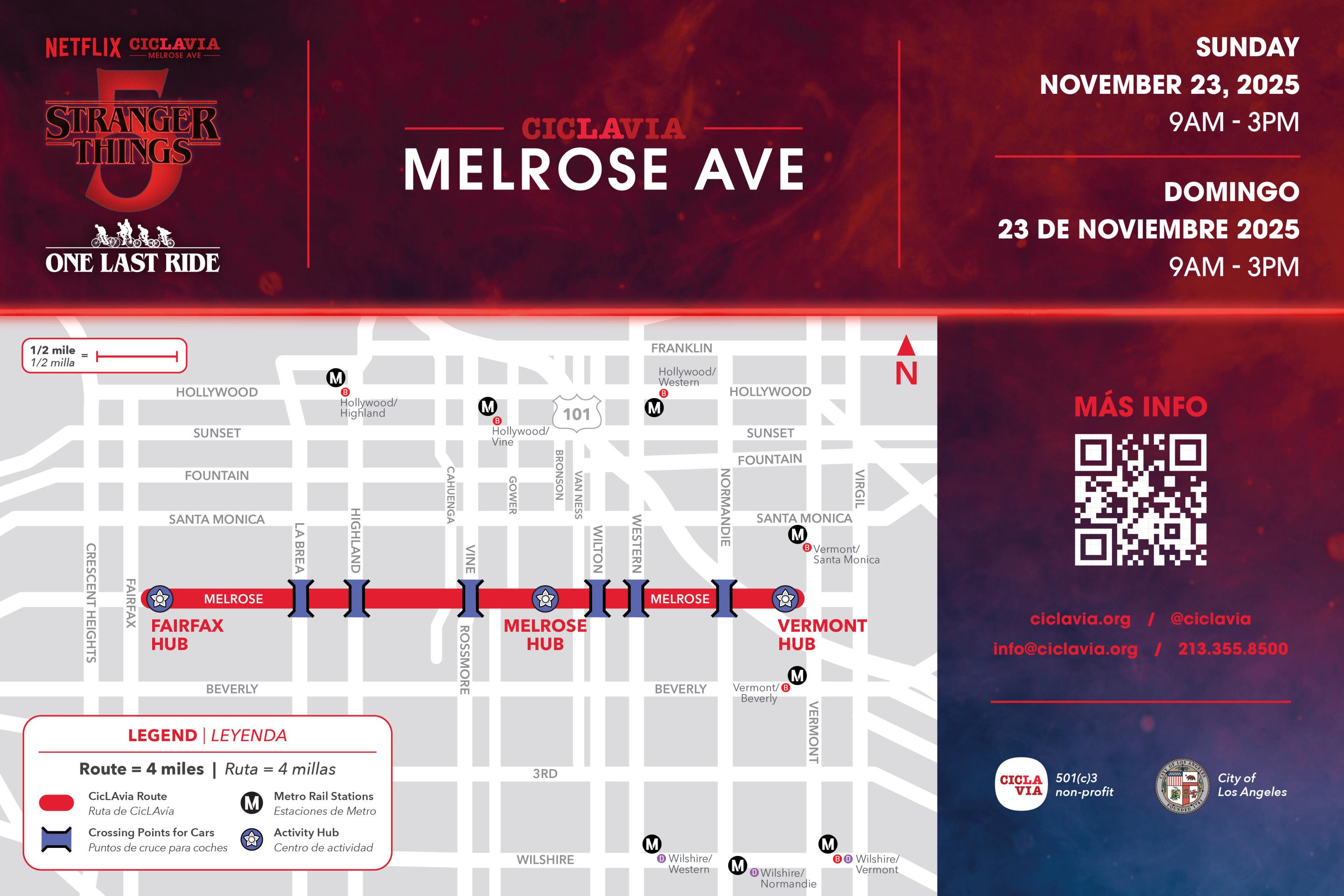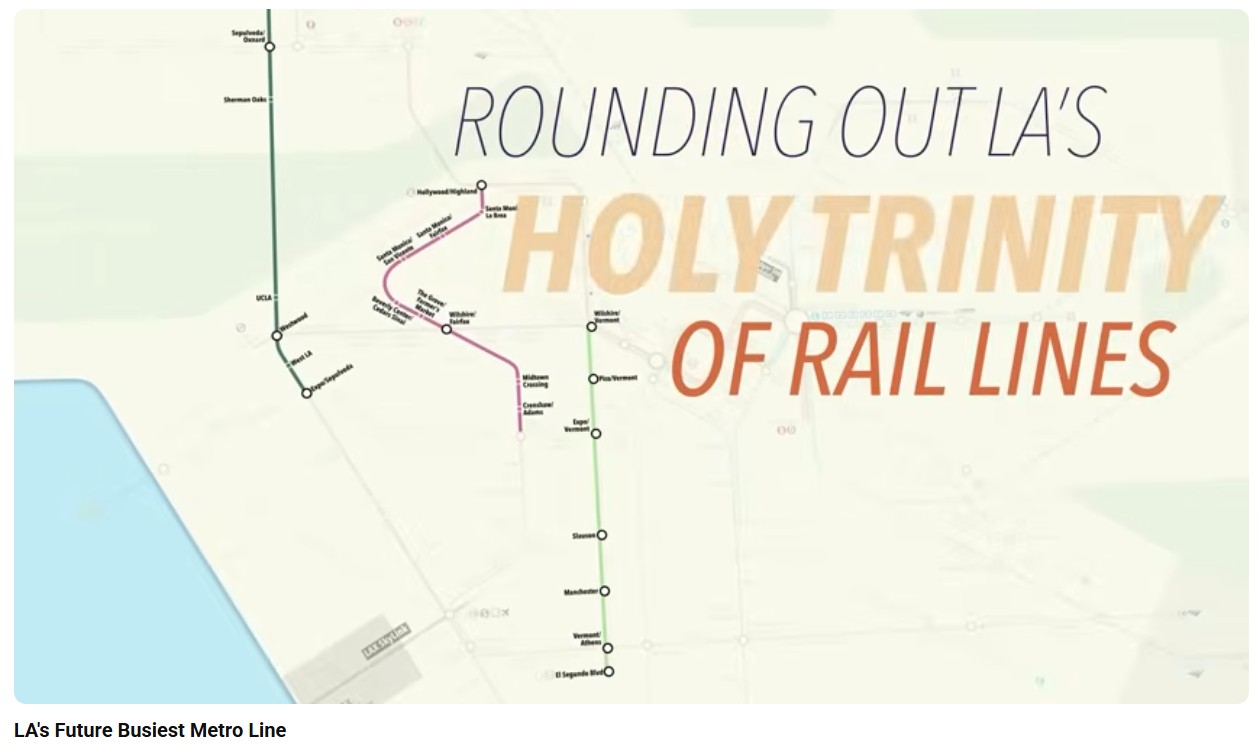Streetcars aren't necessarily the fastest or cheapest way to get people from point A to point B, compared to, say, light rail or additional bus service. But cities around the country are racing to install new lines because streetcars can be a powerful tool for promoting urban development, of the walkable, transit-oriented, mixed-use, high-tax-revenue generating kind.
But there's one way to really screw up a streetcar project, says Yonah Freemark at the Transport Politic, and that's investing all that public money while maintaining a zoning code that outlaws exactly the kind of development the investment was predicated on.
Freemark looks at one city, Portland, that got the formula right, and another, St. Louis, that might be poised to make a big mistake.
In the City of St. Louis, the blocks directly facing the streetcar route are mostly zoned for neighborhood commercial, commercial district, and multiple family dwelling areas. In these districts, buildings cannot exceed three stories or 45 to 50 feet. Non-residential buildings are limited to a floor area ratio (FAR) of just 1.5. Meanwhile, non-pedestrian-oriented uses, such as drive-through restaurants, are allowed to be constructed. For residential buildings, developers are required to provide parking for one car per unit, and commercial structures over a size limit must provide parking as well.
Portland’s project offers far more opportunity for new development around the line than the St. Louis program. Very high densities are allowed in the blocks directly surrounding the new streetcar extension, and very little has been built there so far, so there are many opportunities for growth.
Portland has demonstrated that a fixed-route streetcar can encourage development around stops quite effectively, and thus if it is the goal of a city to increase the density of its core areas, streetcars can be a useful tool. Without appropriate zoning, however, the value of a streetcar project declines tremendously.
Elsewhere on the Network today: Mobilizing the Region shares a new report outlining how states can save money with transit-oriented development. Seattle Transit Blog wonders why more Democrats don't rally around the idea of a carbon tax. And Cap'n Transit explores how New York City became an enabler for "parking moochers."







